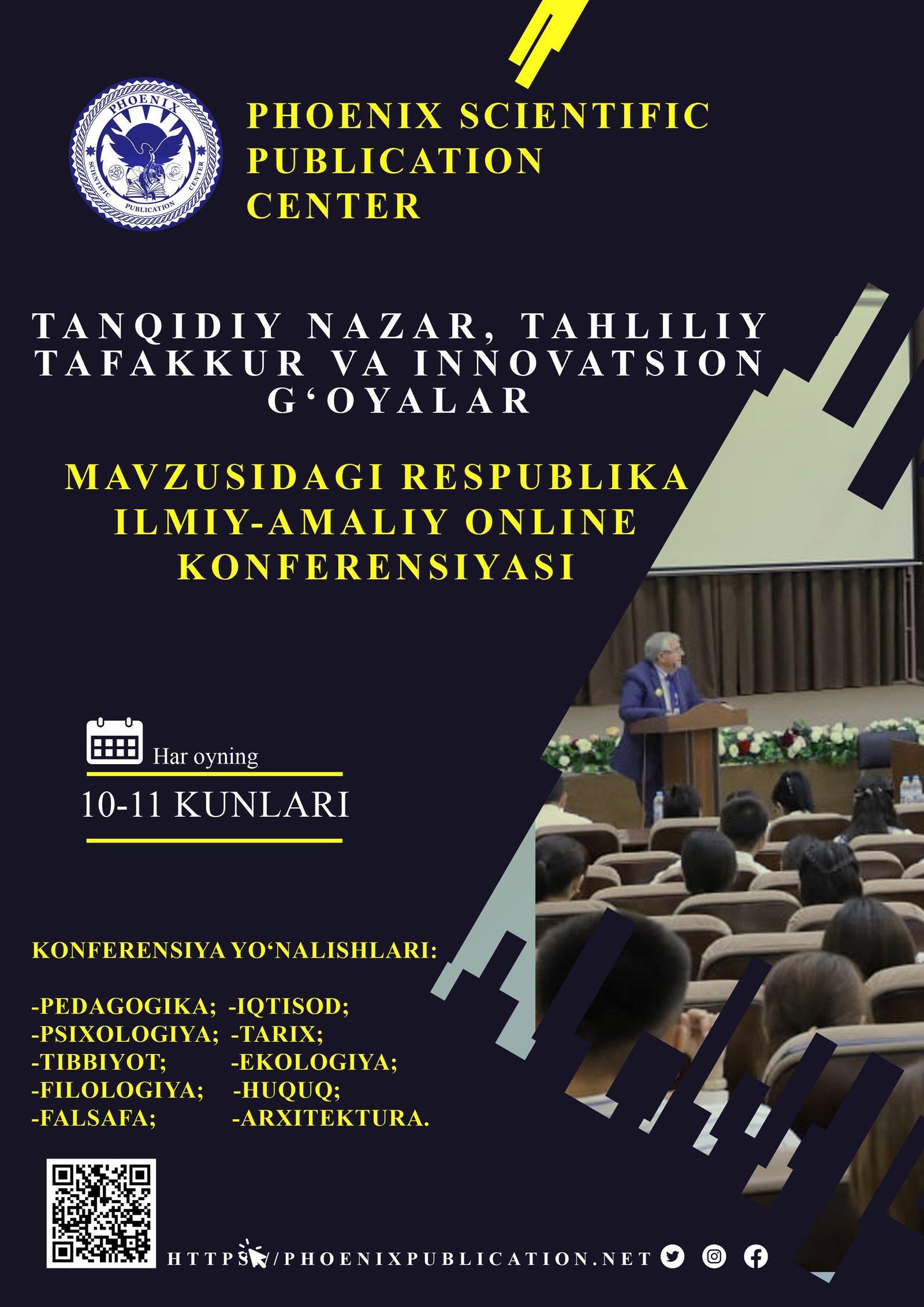Abstract
This study investigates the concept of equivalent in translation, focusing on its significance in retaining the meaning, function, and effect of the original text across languages and cultures. Key ideas from well-known academics such as Vinay and Darbelnet, Peter Newmark, Eugene Nida, and Mona Baker are reviewed to show different methods to establishing equivalence. The study demonstrates that equivalence occurs on numerous levels—lexical, grammatical, textual, and pragmatic—and emphasizes the necessity of cultural sensitivity and context in creating correct and successful translations.
References
1. Abiyatova, M. M. (2025). A Comparative Analysis of Challenges in Literary Translation. American Journal of Language, Literacy and Learning in STEM Education, 3(2), 356-360.
2. Baker, M. (1992). In other words: A coursebook on translation. Routledge.
3. Darbelnet, J., & Vinay, J.-P. (1995). Comparative stylistics of French and English: A methodology for translation (J. C. Sager & M.-J. Hamel, Trans.). John Benjamins. (Original work published 1958)
4. Newmark, P. (1988). A textbook of translation. Prentice Hall.
5. Nida, E. A. (1964). Toward a science of translating. Brill.
6. Khalova, M. (2014). SKILL OF CREATING EPITHETS IN MODERN UZBEK POETRY. The Way of Science, 44.
7. Холова, М. (2015). МАСТЕРСТВО СОЗДАНИЯ ПОЭТИЧЕСКИХ СИМВОЛОВ В ЛИРИКЕ (НА ПРИМЕРЕ ПОЭЗИИ ФАХРИЁРА). In Современная филология: теория и практика (pp. 114-119).
8. Rustamovna, H. F. (2020). KEY CONCEPTS OF SIMULTANEOUS TRANSLATION. В научный сборник вошли научные работы, посвященные широкому кругу современных проблем науки и образования, вопросов образовательных технологий 2020.-436 с., 232.
9. Халимова, Ф. Р. (2021). КОГНИТИВ ПОЭТИКА. Academic research in educational sciences, 2(12), 133-142.
